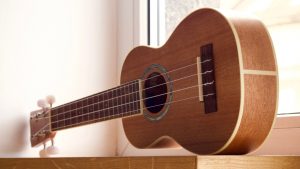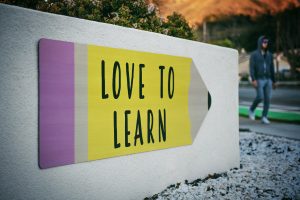
Photo by Glenn Carstens-Peters on Unsplash
For this week’s blog we have decided to discuss the article “Technology in the Classroom no Shortcut to Success: OECD Report” from CBC News referring to the inclusion of technology in the classroom. This article states that technology is constantly growing and becoming more heavily relied on, therefore, technology should not be eliminated from the classroom. Instead technology should have limits. We strongly agree with this statement based on our previous research of the benefits of having technology shortcuts in the classroom in which we learned how technology should not take away the teaching in the classroom. This is stated perfectly in the quote: “technology can amplify great teaching, but great technology cannot replace poor teaching” (Glowacki, 2015). For example technology can help students’ grammar but cannot teach students how to spell. This article states that students who use technology more frequently have lower performances. The article also states that “when students use word processors instead of writing by hand, they write more and their writing skills are notably better” (Glowacki, 2015). However, nothing can replace a solid foundation in literacy skills. Research is supporting our thoughts of how though there are some positive benefits of shortcut tools, it is important to ensure students learn necessary literacy skills before utilizing the technology. If these skills are not in place before students begin using shortcut tools, then the tools become more of a detriment to learning rather than a support.
In next week’s blog we will discuss some of the negatives of utilizing technology shortcuts in the classroom.
This is the link for the article:







Recent Comments